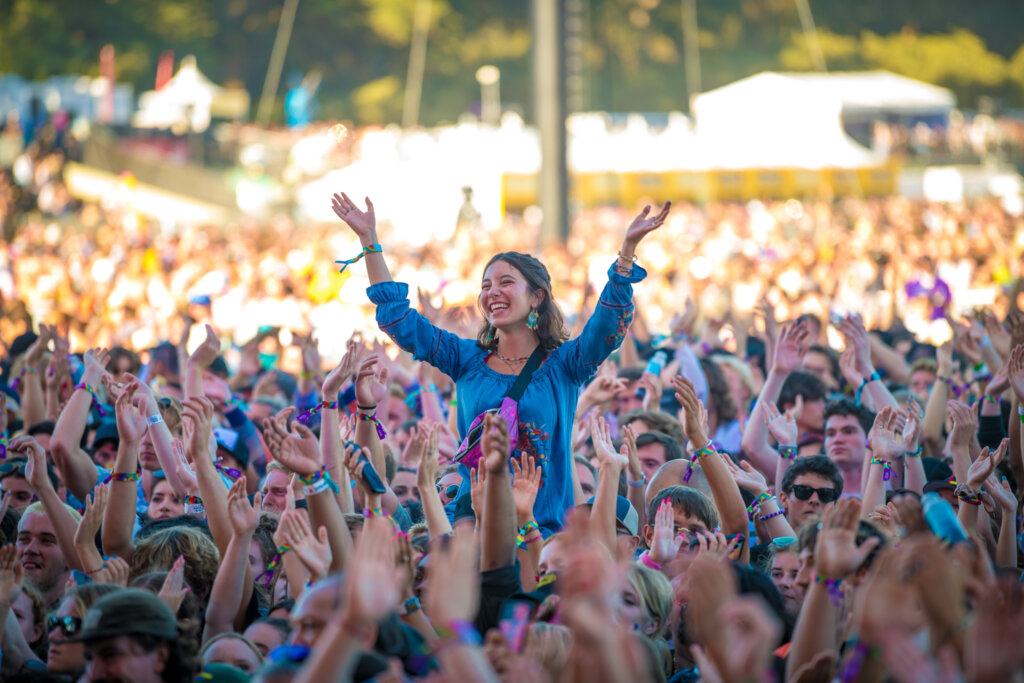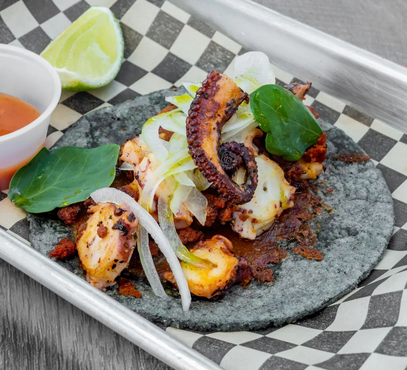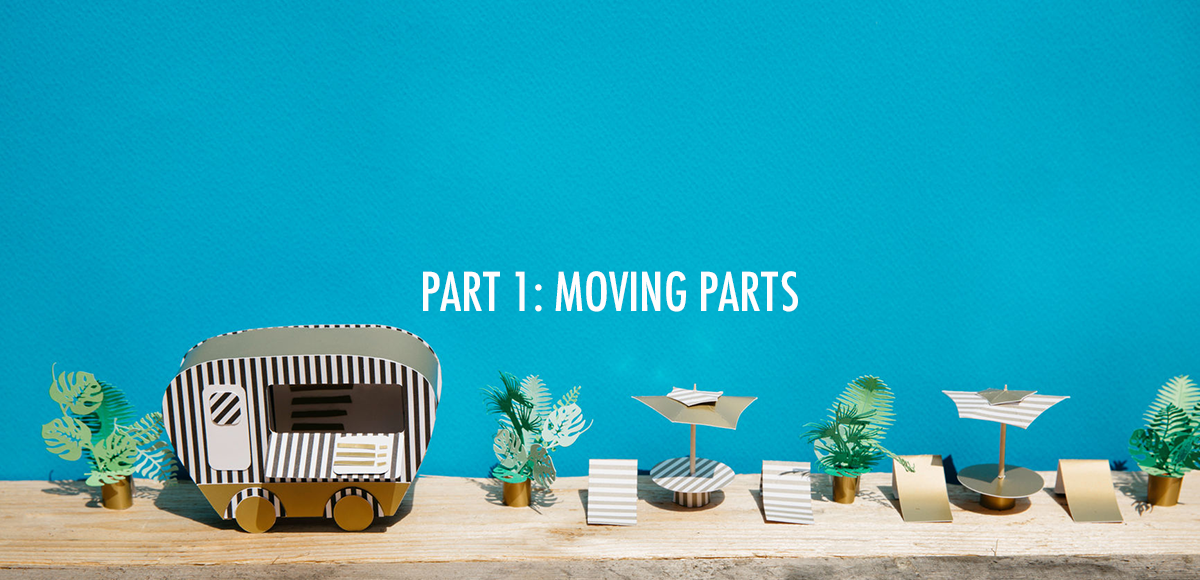
How placemaking through mobile food can help cities revitalize public space, create economic opportunity and drive social connection
Welcome to the first installment in our three-part series on why — now more than ever — mobile food matters.
For many urbanites across the nation, the experience of enjoying a meal from a mobile food vendor — namely, a food truck, cart or stall — is an all too familiar one.
You savor the time spent outdoors while you wait for your meal to be cooked up fresh. You engage in friendly banter with the owner about what you’re ordering, or what drove them into the business. Maybe it’s a go-to mobile food spot that you count on every week, or a newcomer you were pleasantly surprised to find pulled up in the public plaza outside your office.
After grabbing a spot at a communal table next to a friend or stranger, you bask in the mid-day fresh air (your version of adult “recess”), dig into your sumptuous meal, and watch the city go by. You feel inexplicably restored.
This, friends, is placemaking at its best.
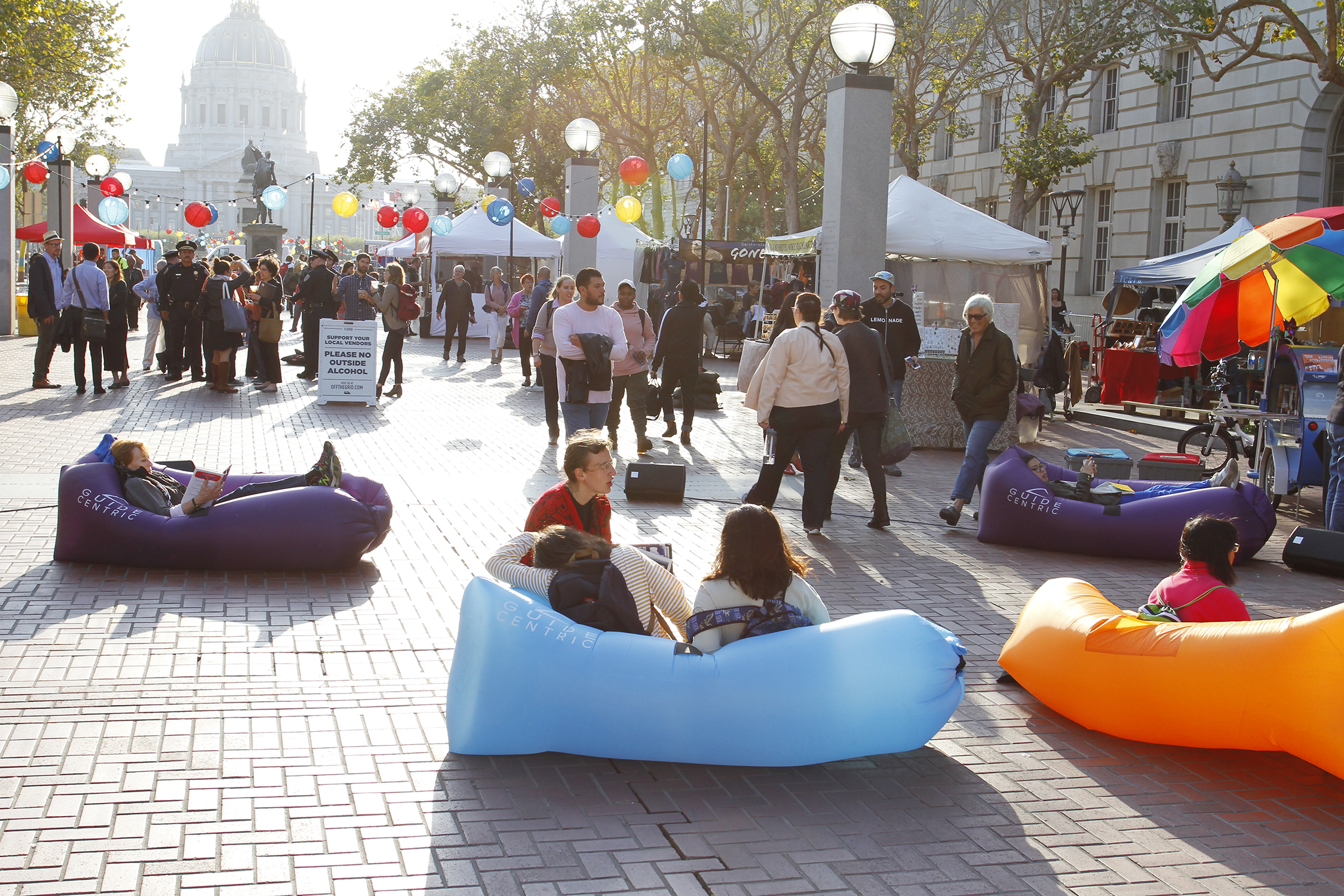
The Civic Center Commons’ block party initiative in San Francisco.
- Placemaking refers to a “collaborative process by which we shape our public realm in order to maximize shared value” (Project for Public Spaces).
Initiatives like shared mobile food experiences — and other creative land uses that capitalize on a neighborhood’s existing assets — allow us to collectively re-imagine public space as the heart of every community. The most powerful of these strategies can help people see anew the potential of everyday spaces, from parks, waterfronts and plazas, to streets, campuses and public buildings.
We know what you’re thinking: this sounds like a pretty tall order for a taco stand.
But, as major American cities grapple with challenging twenty-first-century problems — rapid growth and overpopulation, crime and homelessness, civic disengagement and inequality, to name just a few — creative solutions that contribute to people’s health, happiness and well-being simply must be on the menu.
Whether you’re a city planner, an engaged citizen, or just a curious diner who’s ever eaten from a mobile food vendor and thought, “these guys are on to something!”, it’s hard to overlook the attractive benefits of mobile food as a placemaking tool.
Here’s why placemaking through mobile food matters to cities:
1.) It’s been shown to have positive impacts on street vitality and neighborhood life in times of recession or neighborhood transition.
2.) It expands local dining options and spurs creativity, while creating positive economic impacts for (oft underrepresented) small business owners and surrounding regions.
3.) By acting as something of a temporary town hall, it’s a time-tested tool for fostering social interaction and strengthening the urban fabric of a community.

Over the next few weeks, we’ll be diving into each of the positive impacts above, reflecting on what makes cities tick and sharing insights from our own efforts to build community through shared food, as well as those of our contemporaries across the nation.
Let’s get started!
IN TIMES OF TRANSITION OR ECONOMIC RECESSION, MOBILE FOOD CAN SWOOP IN TO SAVE THE DAY
If there’s anything that public spaces have in common, it’s that they’re constantly in flux.
Sudden and devastating recessions like the one that struck the country in 2008, rapid construction and real estate booms (and subsequent busts) in urban centers, and the social and cultural impacts of deindustrialization all stand to have a significant impact on the spaces we inhabit.
For cities across the nation — and the people who move through them — the urban fabric of a community can seem to change overnight.
Enter mobile food.
With infrastructure designed to shift and shape to suit any space, mobile food is by nature flexible, agile and scalable. As a placemaking strategy, it represents a “lighter, quicker, cheaper” approach to urban design that capitalizes on the creative energy of a community, thus generating creative new uses (and economic opportunity) for spaces in transition.
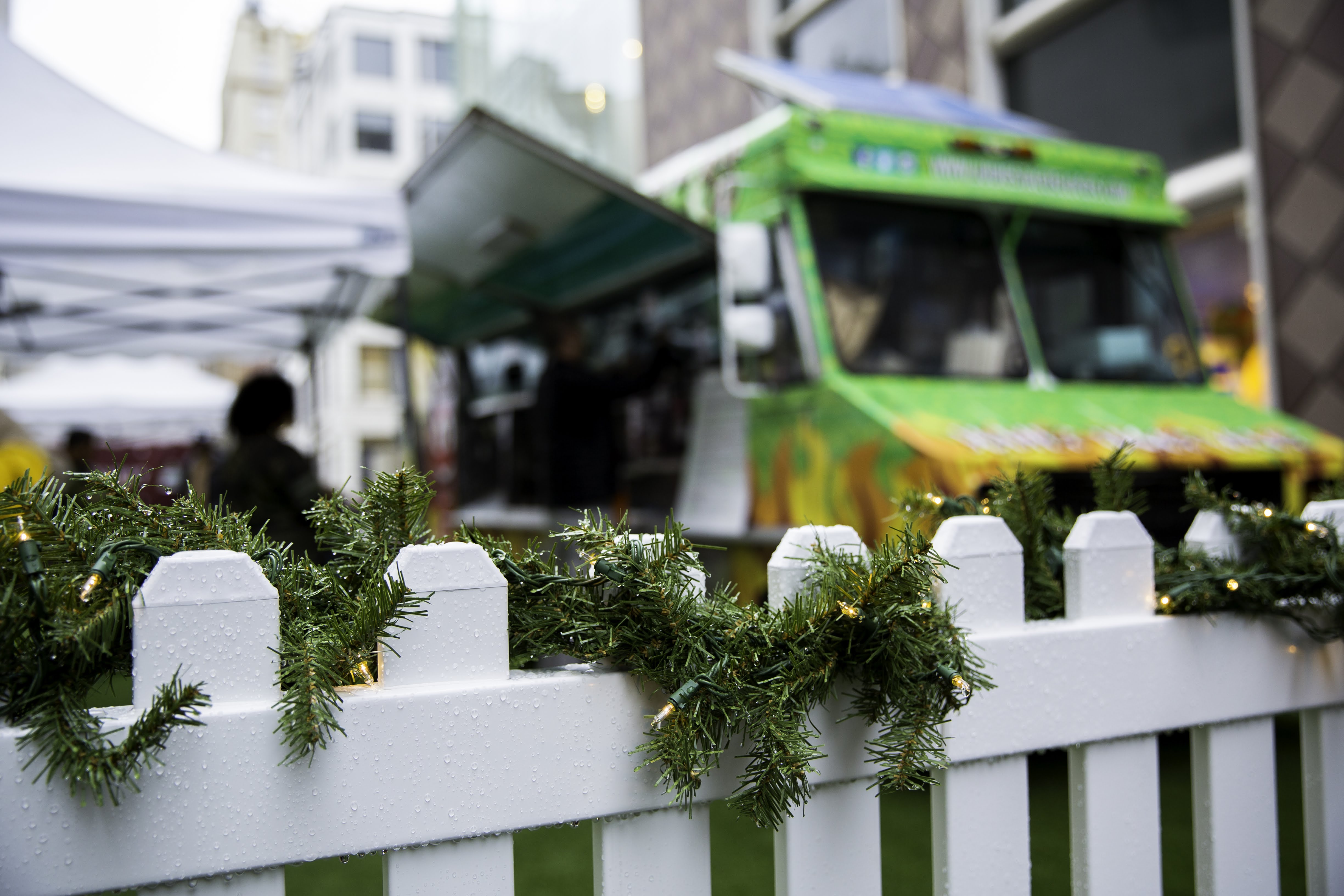
Winter Walk in Union Square: From Construction Zone to Holiday Hideaway
Beginning in 2014, the Union Square Business Improvement District (USBID) in San Francisco sought a way to liven a stretch of Stockton Street between Geary and Market.
One of the city’s busiest and most densely populated areas, the corridor had for the past seven years been a noisy, unsightly and congested construction zone while completion of the San Francisco Municipal Transit Authority’s Central Subway Project was underway.
Over five weeks during the busy holiday shopping season — a time that sees upwards of 1.7 million people passing through — USBID routinely halted construction in the area to create a more welcoming environment for pedestrians. In 2017 they commissioned Off the Grid to craft an immersive holiday experience dubbed “Winter Walk”.
- “Positive activations like mobile food vendors in the public realm help create mini destinations and add to the vibrancy of communities, especially dense downtowns,” says Robbie Silver, Director of Marketing & Events for USBID. “Businesses feel immediate clean, safe, and energetic impacts.”
With a rotating selection of mobile food, a communal beer garden, cozy seating nooks, fitness classes and live music performances, urban dwellers were given a respite from the bustle of the holidays — a temporary oasis in the city where none had been before. Most importantly, Winter Walk offered a means to activate a previously underutilized space, driving benefits for both mobile food vendors and established brick and mortar retailers.
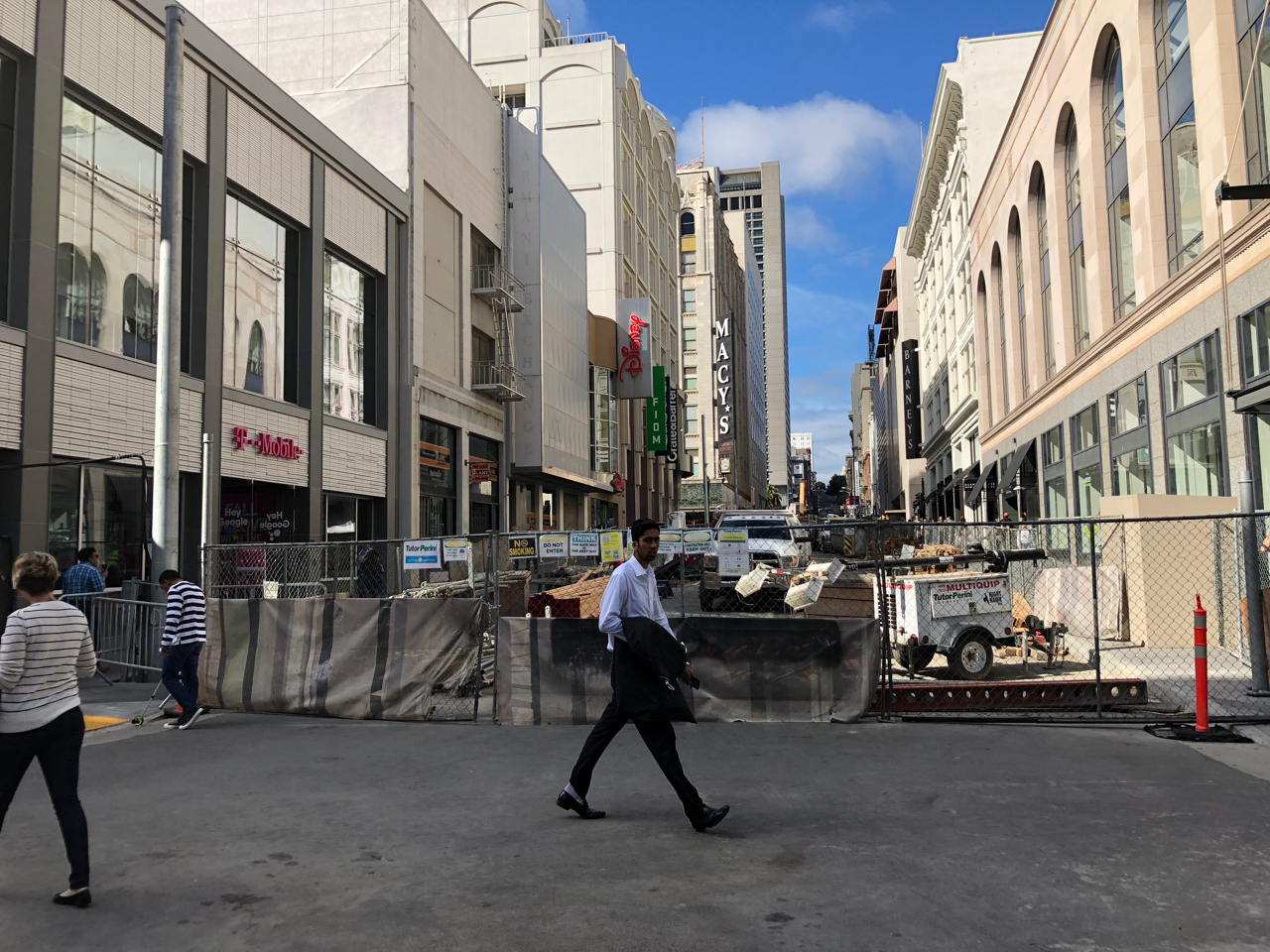
Stockton Street in downtown San Francisco during a typical day of construction.
So, why does this matter to cities? We’re so glad you asked! By experimenting with short-term placemaking strategies like the one above, cities can test and refine their efforts to meet the needs of a neighborhood.
The philosophy goes like this: If something doesn’t work, try something else. If it’s successful, build upon it.
- In a pedestrian survey during Winter Walk, 94% of respondents surveyed said they’d like to see the space made into a permanent pedestrian plaza every holiday season, while 30% cited the food trucks and carts as the most liked aspect of the event.
In a 2009 report, Portland-based LocusLab also found that temporary activities like those afforded by mobile food can drive significant value in times of recession or economic downturn. Temporary projects keep undeveloped land from becoming an eyesore, while helping reduce crime and contributing to the overall safety of a neighborhood, simply by having more eyes on the street.
As influential urban theorist Jane Jacobs notes, “a well-used city street is apt to be a safe street.”
For property owners, occupied spaces can also help maintain a perception of commercial viability, with temporary projects attracting exposure and interest for potential permanent tenants in the future — and proving to communities that a long-term redevelopment project is indeed viable.

Perhaps most compelling of all, creative uses of temporary space — like Winter Walk in Union Square — can provoke thought, conversation and build shared experience by inserting pockets of the unexpected into the urban fabric of a community.
Now, that’s something we can all get behind.
Next up in part two of our series, we look at how mobile food promotes variety, innovation and economic vitality in the communities it serves.

